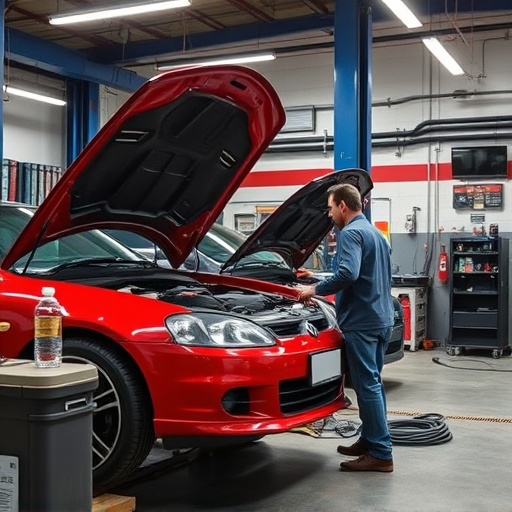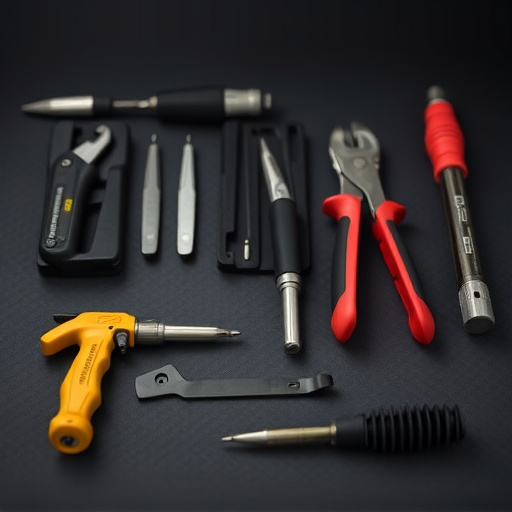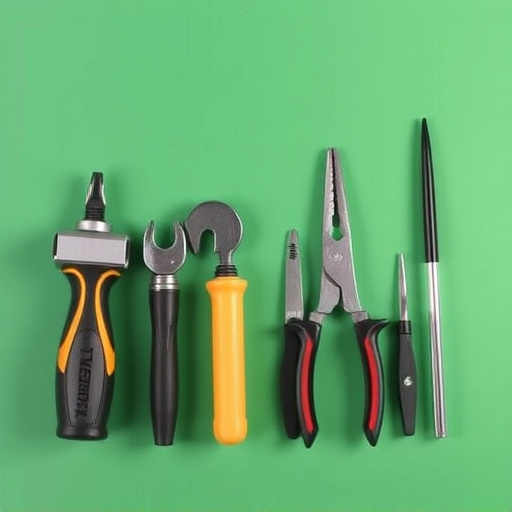Out-of-pocket repair costs for vehicle body work vary based on damage severity, fix complexity, and location. Simple repairs like bumper replacements are less expensive than complex engine work. Older vehicles may cost more due to part availability while newer models require specialized repairs. Proactive maintenance, staying informed about local auto repair prices, and choosing reputable shops can help manage these costs effectively.
Out-of-pocket repair costs can catch you off guard, adding unexpected financial strain. This comprehensive guide aims to demystify these expenses and empower you with knowledge. We’ll explore the factors influencing your repair bill, from part prices to labor rates. Learn effective strategies to manage and minimize out-of-pocket repair costs, ensuring you’re prepared for maintenance without breaking the bank. Understanding these dynamics is key to financial foresight and peace of mind.
- Understanding Out-of-Pocket Repair Costs
- Factors Influencing Repair Expenses
- Strategies to Manage and Minimize Costs
Understanding Out-of-Pocket Repair Costs

Out-of-pocket repair costs refer to the expenses that a vehicle owner is responsible for covering when their car requires repairs. These costs can vary greatly depending on the extent of the damage, the complexity of the fix, and where the work is performed. Understanding these costs is crucial when navigating the process of vehicle body repair, especially after an accident or incident that results in damages.
When a car undergoes a collision or incurs significant dents and scratches, it often needs professional attention at an auto collision center. The out-of-pocket expenses may include parts replacement for damaged components like fenders, doors, or headlights, as well as labor costs for skilled technicians to perform repairs, including intricate car body restoration work. It’s important to inquire about estimates from reliable auto repair shops or collision centers to budget effectively and ensure you’re not facing unexpected financial burdens.
Factors Influencing Repair Expenses

When it comes to understanding out-of-pocket repair costs, several factors play a significant role. The extent of damage to your vehicle is one of the primary considerations. Whether it’s a simple fender bender or a more complex engine issue, the cost of parts and labor will vary accordingly. For instance, a quick fix like replacing a bumper or a headlight is usually less expensive compared to extensive body work or engine repairs.
Additionally, the type of vehicle you own can impact these expenses. Older cars may have higher repair costs due to the availability and affordability of replacement parts. Conversely, newer vehicles often come with advanced safety features that might require specialized tools and techniques for repairs, which can also affect the price tag. Choosing a reputable vehicle body shop and understanding their pricing structure before any work begins is crucial to managing your out-of-pocket repair costs effectively.
Strategies to Manage and Minimize Costs

Managing out-of-pocket repair costs can seem daunting, but with proactive strategies, you can minimize expenses and stay within your budget. One effective approach is to maintain your vehicle proactively through regular maintenance checks. Preventative care can catch potential issues early, reducing the likelihood of costly repairs down the line. Schedule routine services like oil changes, tire rotations, and filter replacements to keep your car running smoothly.
Additionally, being informed about typical auto repair costs for common issues can empower you to negotiate or choose more affordable alternatives. For instance, comparing prices for tasks like auto glass repair or vehicle repair from various trusted auto repair services in your area can yield significant savings. Remember, knowing your rights as a consumer and understanding the average market rates for specific repairs are valuable tools in managing unexpected out-of-pocket expenses.
Out-of-pocket repair costs can be a significant financial burden, but with understanding and proactive strategies, individuals can effectively manage these expenses. By being aware of influencing factors and implementing cost-saving measures, such as regular maintenance and comparing quotes from multiple service providers, homeowners can minimize unexpected repairs. Staying informed about out-of-pocket repair costs empowers folks to make informed decisions, ensuring their homes remain well-maintained without breaking the bank.














